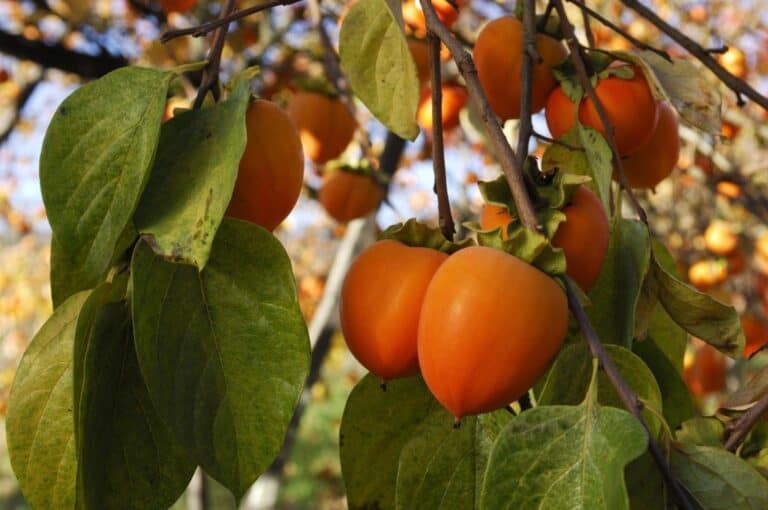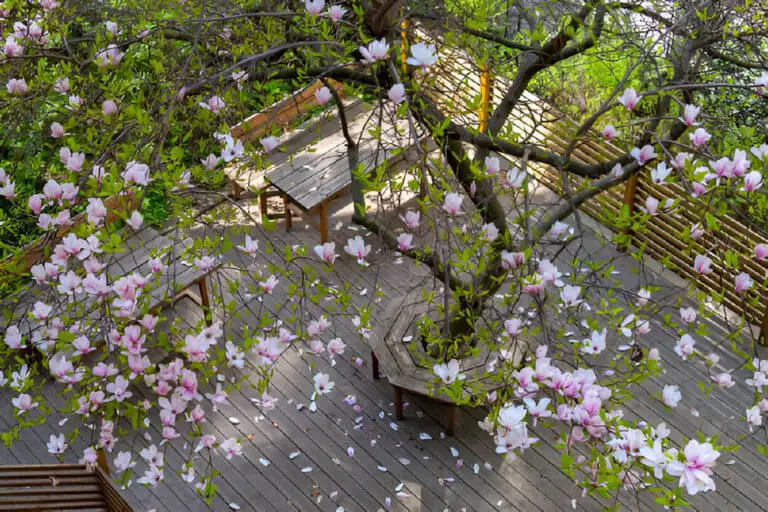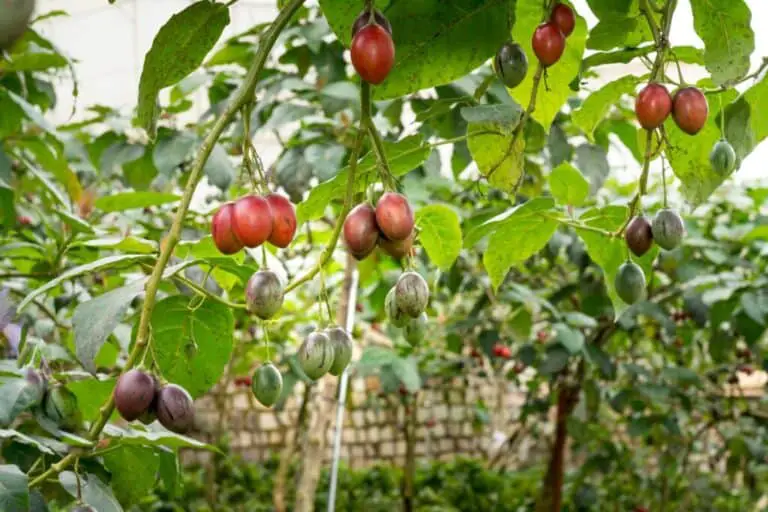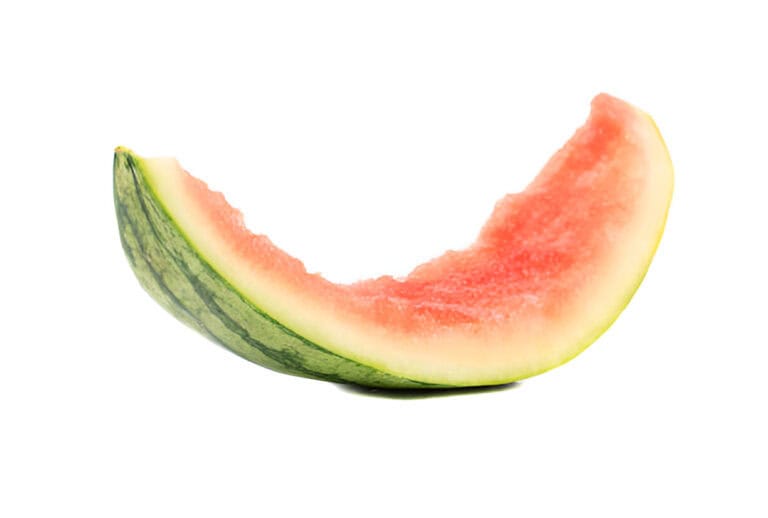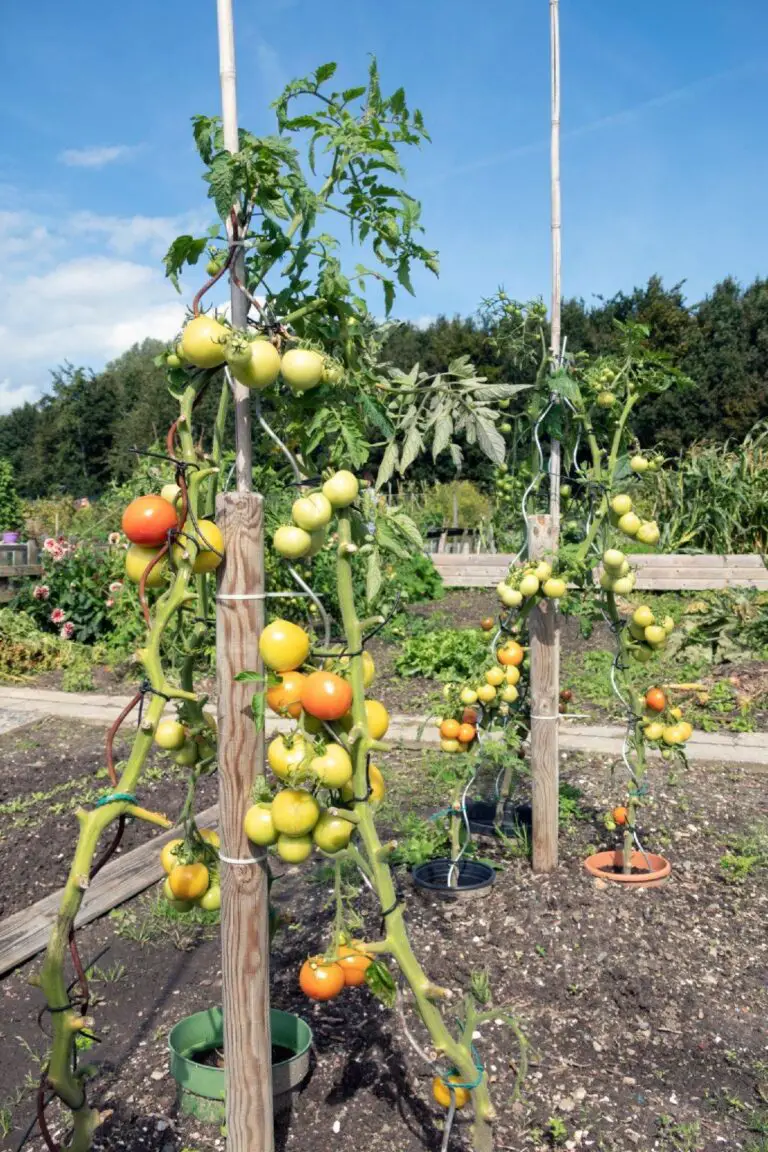Can You Trim the Lower Leaves of Your Zucchini Plant Without Harming It?
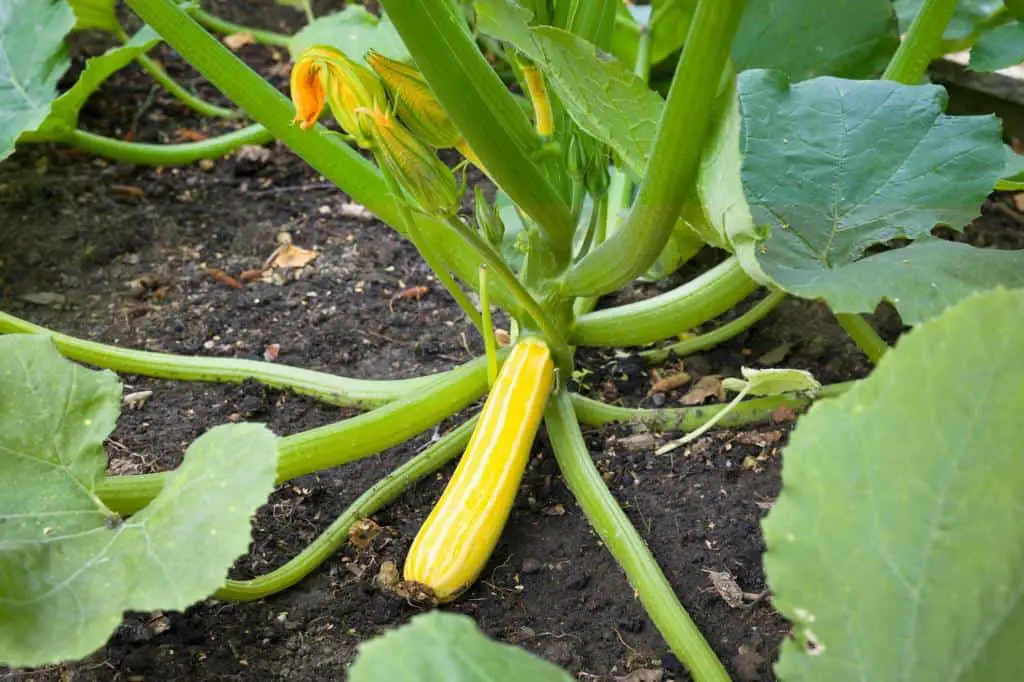
Have you ever stopped to really appreciate the beautiful way nature is dancing in the green canopy of a zucchini plant? Each leaf, like a painter’s brush stroke on the canvas of life, plays a crucial role in orchestrating the plant’s growth and development. These lush green organs are not just powerhouses for photosynthesis. They are dynamic players in a symphony of botanical wonders. Each leaf whispers secrets of resilience and vitality.
It becomes clear that each leaf is more than just a leaf as we walk along the garden path lined with these huge emerald giants. Each leaf is a sign of hope for future harvests that will be plentiful. But, an old question sits in this tapestry. It makes every gardener curious: will cutting off the lower leaves reveal potential or lead us down a thorny path?
Join me on this horticultural exploration. We will peel back the layers of conventional wisdom and venture into uncharted territory. Here, pruning meets possibility, and tradition dances with innovation. Let us go on a mysterious journey together. We will find out if cutting off those bottom leaves with shears will help our zucchinis’ dreams or destroy their essence.
The garden gates stand open before us—shall we step through?
Understanding Zucchini Plants
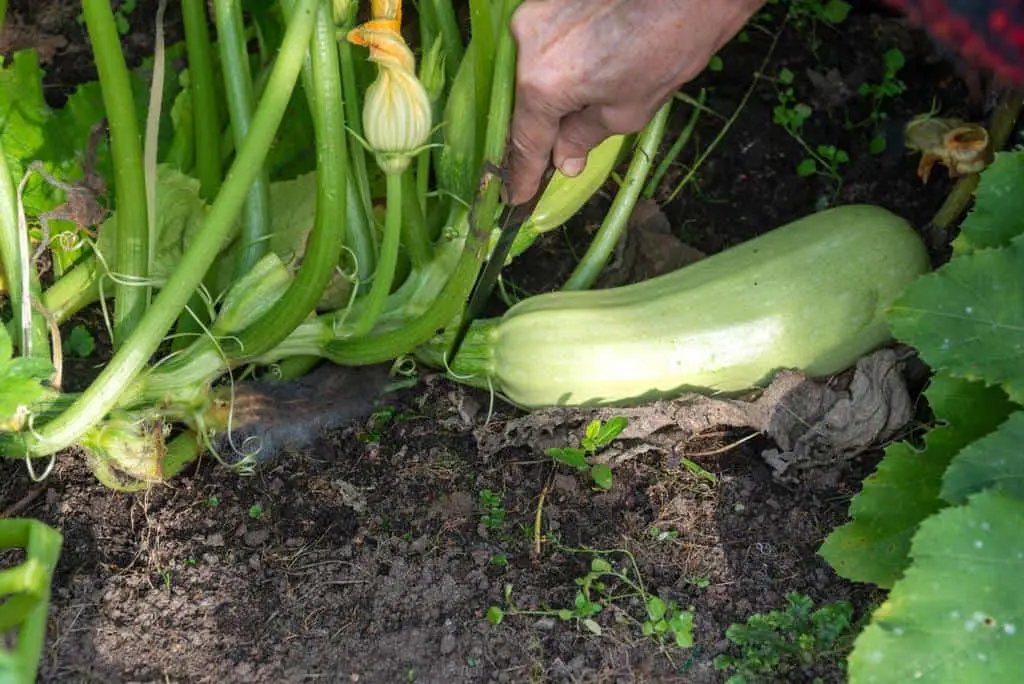
Before we dive into the pruning dilemma, let’s grasp the essence of zucchini plants. These verdant wonders belong to the Cucurbitaceae family, renowned for their prolific nature and delicious produce. Zucchini plants have broad, lush leaves. They play a key role in photosynthesis, the process by which plants turn light into energy. Each leaf acts as a solar panel, absorbing sunlight to fuel the plant’s growth.
The Importance of Lower Leaves of Zucchini Plants
The lower leaves of zucchini plants play a crucial role in the overall health and growth of the plant. The plants have lush foliage. This is a striking feature. But, people often overlook the lower leaves, despite their importance. Situated closest to the ground, these leaves are more susceptible to various challenges, including soil splashes, pests, and diseases.
One of the primary issues that affects the lower leaves is moisture. Being closer to the ground, these leaves are more likely to come into contact with damp soil, which can lead to fungal infections and rot. Also, dense lower foliage can block airflow. This creates a humid environment that helps diseases grow.
To ensure the optimal health of your zucchini plants, it’s essential to pay attention to the lower leaves. Regularly inspect them for signs of damage, pests, or disease. Proper care and attention to these leaves can help keep your zucchini plant healthy. It will also promote its growth and productivity.
Why Should You Consider Trimming the Lower Leaves of Your Zucchini Plant?
Now, let’s address the burning question: Should you trim the lower leaves of your zucchini plant? The answer lies in a delicate balance between necessity and caution.
Consider whether to trim the lower leaves of your zucchini plant. Weigh the benefits against the risks. Here are some reasons why you might consider trimming the lower leaves:
- Improved Airflow: Trimming the lower leaves can help improve airflow around the plant, which can reduce the risk of fungal infections and other diseases that thrive in moist, stagnant conditions.
- Disease Prevention: By removing the lower leaves, you can reduce the likelihood of soil splashes and minimize contact with pests and pathogens, lowering the risk of disease transmission.
- Aesthetic Appeal: Trimming the lower leaves can improve the overall appearance of the plant, making it look more tidy and well-maintained.
However, it’s essential to exercise caution when trimming the lower leaves. Removing too many leaves can hurt the plant’s photosynthesis. This can harm its growth and yield. It is best to only cut off the lower leaves that are diseased, damaged, or too crowded. Make sure to leave enough leaves to support the plant’s growth and health.
| Also see: Can You Grow and Propagate Zucchini from a Cutting? |
Dos and Don’ts of Trimming Lower Leaves of Your Zucchini Plant
To navigate this pruning conundrum, follow these dos and don’ts to ensure the health and vitality of your zucchini plant:
Dos:
- Trim only the lower leaves that show signs of disease or damage. This selective approach prevents the spread of infection while preserving healthy foliage.
- Maintain a clean pruning tool to prevent introducing pathogens to the plant. Disinfect your shears with rubbing alcohol before and after each use.
- Monitor the plant’s growth and prune strategically to promote airflow and light penetration. Focus on removing the oldest, least productive leaves to stimulate new growth.
- Mulch around the base of the plant to minimize soil splashes and moisture retention, reducing the risk of fungal diseases.
- Regularly inspect the underside of leaves for signs of pests or diseases. Early detection allows for prompt intervention, preventing widespread damage.
Don’ts:
- Avoid indiscriminate pruning of healthy foliage, especially during the peak growing season. Each leaf plays a crucial role in sustaining the plant’s vigor and productivity.
- Refrain from pruning excessively close to the main stem, as this may injure the plant and impede nutrient uptake.
- Resist the temptation to remove all the lower leaves in one fell swoop. Gradual pruning allows the plant to acclimate to changes and minimizes stress.
- Do not neglect proper sanitation practices when pruning. Failure to disinfect tools can inadvertently spread diseases throughout the garden.
- Avoid pruning in very hot or wet times. This may make the plant more vulnerable to the environment.
| Read: Should You Pinch Off and Remove First Zucchini Blossoms? |
How Often Should You Prune Your Zucchini Plants?
When it comes to pruning zucchini plants, it is recommended to prune them every 1-2 weeks throughout the growing season. This maintenance helps maintain their shape, manage vigorous growth, and ensure optimal airflow and sunlight penetration.
It is advisable to start pruning around 2-3 weeks after transplanting seedlings or when the plants reach a height of 12-18 inches (30-45 cm). Avoid pruning too early, as it can stunt growth.
Additionally, the best time of day to prune zucchini or squash plants is either early in the morning or late in the evening. Avoid pruning during midday, especially between 1 to 2 p.m., when the hot sun can stress the plant. Pruning in the evening after watering ensures that the plant is hydrated and strong, minimizing any negative effects on the plant.
Benefits of Pruning for Plants Overall
Pruning offers numerous benefits for plants, trees, and landscapes. Some of the primary advantages include:
- Improved Plant Health: It does this by removing dead, diseased, or damaged branches. This helps maintain the overall health of plants and trees by reducing vulnerability to pests and diseases.
- Enhanced Appearance: Pruning makes a tidy and pretty landscape. It controls plant shape and size. This lets sunlight in and spurs new growth.
- Increased Fruit Production: Pruning increases fruit production. It does this by opening up the canopy. This improves air circulation and focuses the plant’s energy on new growth.
- Promotion of Safety: Pruning eliminates weak and potentially hazardous branches, preventing accidents caused by falling branches or branches growing near structures.
- Support for Wildlife Habitat: Pruning can provide food and shelter for birds, insects, and other animals by supporting healthy growth patterns.
- Maintenance of Desired Shape: Pruning maintains the desired shape and size of shrubs and plants. It keeps your landscape looking neat and well-kept.
- Encouragement of New Growth: Pruning encourages new growth. It does this by promoting new shoots and strengthening young trees.
- Prevention of Storm Damage: Pruning prevents storm damage. It does this by making heavy branches lighter and by strengthening the tree’s structure.
Regular pruning is key to keeping your landscape healthy and beautiful. It pays off in the long run by saving time and resources, compared to fixing problems later.
The Risks of Excessive Leaf Removal of Zucchini Plants
The temptation to trim lower leaves for a tidier zucchini plant may seem strong. But, it’s crucial to tread carefully in pursuit of perfection. A zucchini plant relies on its foliage not just for photosynthesis but also as a shield against environmental stressors.
Each leaf plays a vital role in protecting the plant from intense sunlight. It also keeps soil moisture up and fends off pests that could harm your harvest. Therefore, when you embark on a trimming spree and strip too many lower leaves, you’re essentially depriving your zucchini of its first line of defense.
Moreover, excessive leaf removal can disrupt the delicate balance within the plant’s ecosystem. By cutting off many lower leaves without care, you risk upsetting nutrient distribution. This inhibits vital growth processes needed for robust fruit.
Remember that each leaf acts as a powerhouse, contributing nutrients to help sustain overall plant health. In essence, by cutting these vital factories too much, you might harm your zucchini’s ability to thrive and make lots of crops at harvest.
Pruning for Fruitful Growth: Directing the Zucchini Plant’s Energy Wisely
When you trim those lower leaves of your zucchini plant, you’re not just tidying up its appearance – you’re also guiding where it invests its energy. By snipping away excess foliage at the base, you encourage the plant to focus on what truly matters: producing delicious zucchinis.
Think of it as redirecting resources from leaf maintenance towards fruitful growth. With fewer leaves vying for attention. The plant can put more nutrients and effort into making flowers and those coveted fruits.
This strategic pruning isn’t just a cosmetic choice; it’s a horticultural tactic that can pay off in bountiful harvests. Picture each trimmed leaf as a signal to your zucchini plant. It tells the plant to focus on making fruit, not leaves.
Once you prune a zucchini plant in a way that encourages it to produce more flowers and fruits, you will see for yourself how targeted pruning can result in a garden full of fresh zucchinis ready for your favorite recipes. So, grab those shears with purpose—every cut is an invitation for abundance in your summer squash patch.
Trimming the lower leaves of a zucchini plant can be a strategic move to enhance its overall health and productivity. The key is not just cutting for the sake of it but understanding the timing and technique behind this practice.
One optimal moment for trimming is when the lower leaves start showing signs of yellowing or wilting naturally. The older leaves might block sunlight from the younger growth. By removing them carefully, you make space for new energy absorption without stressing the plant.
Also, trim before major pruning or when you see disease symptoms like powdery mildew on the bottom leaves. By proactively snipping these affected parts off, you can prevent further spread and redirect the plant’s resources towards combating potential threats elsewhere.
When executing cuts, ensure using clean tools to avoid introducing infections inadvertently. Remember, don’t remove too many leaves. Aim to balance leaf removal with keeping enough leaves for photosynthesis and water regulation in your zucchini plant’s ecosystem.
| Related: Should I Cut Off Zucchini Flowers? |

